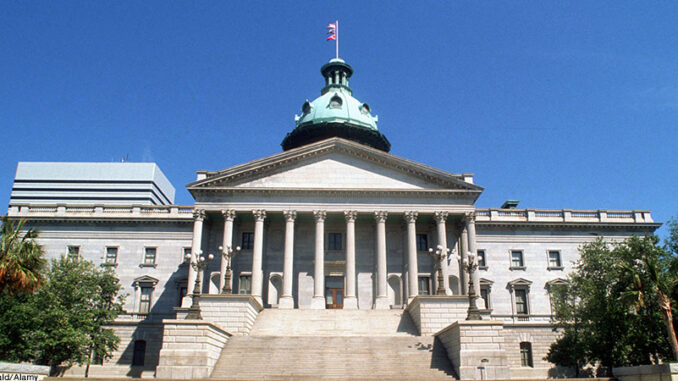
On Wednesday, June 18, in Charleston, South Carolina, nine African American members of the Emanuel African Methodist Episcopal church were shot and killed while attending a Bible study meeting. The victims were members of the Emanuel AME church and citizens of the Charleston area. The three men and six women ranged in age from the mid-20s to the mid-80s. They included a recent college graduate, a local soccer coach, a librarian, a community activist and former county government employee, and the church’s pastor–who had also served as a South Carolina state senator.
Within a day of the shooting, police authorities had acted upon a tip and arrested a young man named Dylann Roof,who is the main suspect in the shooting. Witnesses to the shooting stated that the 21-year old sat in the Bible study meeting for about one hour before beginning to make statements and using his weapon.
Angry and Sad Reaction
South Carolina governor Nikki Haley reacted with visible emotion in the days after the violence. She has expressed dismay over the shootings and worried how parents would be able to explain this violent act to their children, particularly in a house of worship. Many, many other public officials in the states and the federal government have spoken out in shock and sadness, including President Obama. While mourning alongside the families and friends of the slain and upholding the lives of the victims, politicians are beginning to maneuver within the public political debate that is arising out of this latest act of gun violence.
President Obama wondered in his first public remarks when the nation would begin to address the question of gun-related mass violence.
A New Debate Begins
In the immediate aftermath of the shooting and the funerals, the national conversation is turning to what caused the suspected gunman to open fire. Based on early witness reports and police investigations into the suspect, there is growing evidence that the act was rooted in racial stereotyping and white supremacy beliefs. This connection to racism has ignited a broader national debate about the historic symbolism of the Confederate battle flag.
You see, the Confederate battle flag (sometimes known as the Stars and Bars), is flown on the grounds of the Columbia, South Carolina state capitol building. The history of that flag’s display in South Carolina is complicated. The flag once flew above the capital building along with the U.S. flag and the South Carolina flag. But in the late 1990s and in 2000 more and more protests focused attention on removing the flag. The Confederate symbol was eventually given its own separate flag pole away from the capitol building.
A Wider Question
Many who are involved in this flag debate hold very different opinions on the meaning that this historical flag represents. Critics of the flag see it as s symbol of racism and an ugly reminder of a painful past. They wish for it to be removed from the Columbia capitol grounds altogether to help prevent the impression that the state government in some way supports racial discrimination. Supporters of the flag’s presence say that it is a part of the Southern region’s historical heritage and should not be seen as representing discrimination that is no longer valid in the modern South.
Separate from the flag debate in South Carolina, other Southern states are taking their own actions. Virginia, North Carolina, Maryland, and Tennessee governors recently stated that they want to remove the option of purchasing a Sons of Confederate Veterans license plate that displays the Stars and Bars flag icon. This action is partly influenced by a June 18th ruling by the federal Supreme Court which denied a lower court Texas ruling validating similar Sons of Confederate Veterans vehicle plate sales. The Supreme Court held that a.) because the state government is responsible for issuing the plates and b.) the plates may then be seen as official speech, c.) the state cannot be forced to authorize plate with messages it does not endorse.
